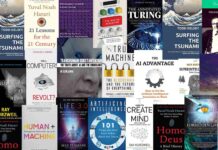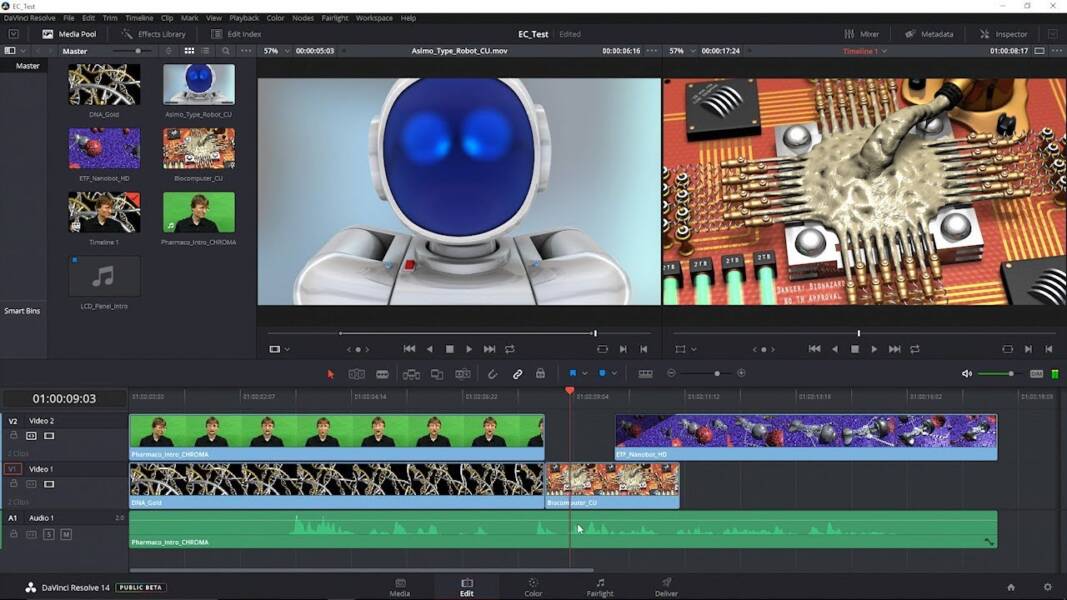Remember when video editing used to mean hours of dragging clips, fine-tuning transitions, and waiting forever for renders? Well, thanks to artificial intelligence, those days are quickly fading. In 2025, AI is transforming how videos are created, edited, and shared—faster, smarter, and more creatively than ever.
Whether you’re a YouTuber, filmmaker, content marketer, or just someone making Instagram reels, AI video editing tools are changing the game for everyone.
Let’s dive into how this shift is happening, the tools you should know about, and what’s coming next in this fast-evolving space.
1. 🎬 From Manual to Magical: What AI Can Do in Video Editing
AI in video editing goes way beyond basic automation. Here’s what it can do right now:
-
Auto-cutting and scene detection: AI identifies key moments, trims clips, and even removes awkward pauses without you lifting a finger.
-
Audio syncing and noise removal: Tools like Adobe Podcast and Descript clean up bad audio, align speech with lips, and fix echo.
-
Smart effects and filters: AI applies filters, color grades, and transitions based on mood or theme you set.
-
Script-to-video tools: Just input your script, and AI generates visuals, voiceovers, music, and more.
-
Instant subtitles and translations: AI transcribes and translates in real-time for global audiences.
This used to be a team’s job. Now? One person can do it with a few clicks.
2. 🚀 Top AI Video Editing Tools in 2025
Here’s a look at the AI tools creators and professionals are loving this year:
1. Runway ML
-
Used by content creators and pros alike.
-
Offers Magic Cut, AI rotoscoping, and green screen removal.
-
Great for short-form content and ads.
2. Adobe Premiere Pro (with Firefly AI)
-
Adobe’s AI tools are deeply integrated now.
-
Auto-editing, sound cleanup, AI-enhanced B-roll selection.
-
Ideal for pros who want AI speed without giving up control.
3. Pictory
-
Takes long videos or articles and turns them into social-media-ready highlights.
-
Great for marketers and YouTubers.
4. Descript
-
Podcast and video editor with AI-powered voice cloning, script editing, and filler-word removal.
-
Especially good for talking-head content and courses.
5. Wisecut
-
A favorite among solo creators.
-
Automatically edits talking videos, adds subtitles, and picks background music.
-
Perfect for YouTube Shorts or TikTok.
These tools reduce editing time from hours to minutes, giving creators more room for creativity and experimentation.
3. 📈 Why This Matters: The Big Picture for Creators and Businesses
In 2025, video is king. People are watching more than ever—on social media, streaming platforms, e-learning sites, and beyond. But attention spans are shorter.
This means:
-
You need to publish faster.
-
You need to test more formats.
-
You need to stay visually engaging.
AI helps you scale content production without needing a bigger team or budget. It also democratizes quality—meaning indie creators can now compete with big media.
For businesses, AI video tools make it possible to:
-
Create training videos on the fly.
-
Localize content with automatic translations.
-
Repurpose webinars into social clips and blog-ready content.
In short: AI makes video accessible, affordable, and scalable.
4. 🧠 The Rise of Generative AI in Video
Generative AI is next-level. It’s not just editing anymore—it’s creating from scratch. Here are the biggest developments:
1. Text-to-Video Platforms
Tools like Runway Gen-3, Pika Labs, and Sora (by OpenAI) allow you to input a script or idea and generate a video from nothing.
Imagine typing: “A sunset over the ocean with cinematic music” and getting a 4K video ready to publish. That’s real now.
2. AI Avatars and Voiceovers
Platforms like Synthesia let you generate lifelike avatars to present your content, paired with multilingual AI voices.
This is huge for:
-
Training videos
-
Product demos
-
Multilingual explainer content
5. 🧩 Ethical and Creative Challenges
Of course, not everything is sunshine and fast renders. As AI takes on more creative roles, we’re seeing some friction:
-
Originality concerns: Is AI-generated content really “your” creation?
-
Job displacement: Will AI replace human editors completely?
-
Copyright issues: Can you train models on existing footage without permission?
There’s no one-size-fits-all answer, but the conversation is growing louder—especially in Hollywood, where AI-generated actors and voices are already causing disputes.
Still, many editors see AI as a collaborator, not a replacement. Think of it as your digital assistant: fast, tireless, but not (yet) emotionally intuitive.
6. 🔮 What’s Next in AI Video Editing?
Looking forward to late 2025 and beyond, here are the big trends to watch:
-
Hyper-personalized content: AI that adapts videos to each viewer’s preferences.
-
Real-time AI editing during livestreams.
-
AI-powered creative directors: Tools that suggest edits based on viewer data.
-
Integration with AR/VR platforms for immersive storytelling.
The line between creator and coder is blurring. Soon, anyone with a vision and a keyboard will be able to bring ideas to life in full cinematic quality.
7. ✅ Final Thoughts: Embrace the Shift
AI won’t make traditional editing obsolete—but it’s definitely changing the rules. If you’re still editing video the old way, 2025 is the year to level up.
Try some of these tools. Experiment. Let AI handle the repetitive tasks so you can focus on creativity and strategy.
Because in this new era of content, speed + quality = visibility. And AI is your best partner to make that happen.
TechnologyHQ is a platform about business insights, tech, 4IR, digital transformation, AI, Blockchain, Cybersecurity, and social media for businesses.
We manage social media groups with more than 200,000 members with almost 100% engagement.







































